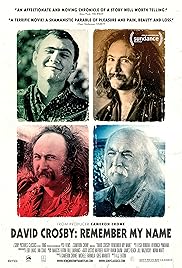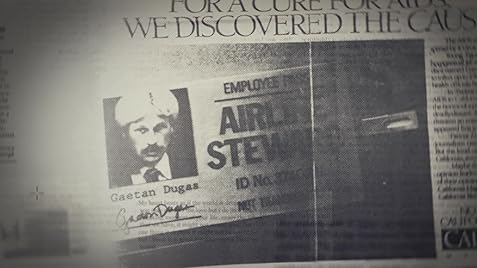Director:
Stars:
This new doc educates on underground filmmaker Barbara Rubin who rose to fame from her 1964 art-porn so-called masterpiece “Christmas on Earth”, made when she was only 18 years old. The film, showing segments (that are both shocking yet innovative) in the doc, shattered creative and sexist boundaries and shocked NYC’s experimental film scene.
Barbara worked for a large part other ‘career’ with Jonas Mekas at the Filmmaker’s Coop. Barbara was instrumental in creating NYC’s thriving underground film community and a rare female voice in a world of powerful men. A rebellious Zelig of the Sixties, she introduced Andy Warhol to the Velvet Underground and Bob Dylan to the Kabbalah.
But beyond shaping the spirit of the Sixties, Barbara was seeking the deeper meaning of life. After retiring to a farm with Allen Ginsberg, she shocked everyone by becoming a Hasidic Jew.
For years, 94-year-old filmmaker Jonas Mekas has saved all of Barbara’s letters and cherished her memory. Working with Mekas’ footage and rare clips from the Andy Warhol archives, the film reveals inside the world and mind of Barbara Rubin; a woman who truly believed that film could change the world and then vanished into obscurity.
Like most biopics, the doc begin with the background and influences on the subject, traces the rise to fame, then some grave downfall and then hopefully, their redemption to a sort of normalcy in life. How interesting a biopic is usually is affected by how interesting the subject is. Biopics are often accompanied by interviews with the subject, if still living, their friends and family with archive footage. This doc allows an identical path.
The Barbara Rudin doc can be divided int two parts. The first charts her and her underground films and the second her lifestyle. The two blend into each other, but the underground filmmaking slowly disappears as Barbara gets weirder and weirder.
The film gets as weird as its character. Barbara’s most famous film was the art-porn CHRISTMAS ON EARTH. One fo the film’s segments has her open letter to Disney asking them to finance her movie, she claiming that she was affected by SNOW WHITE AND THE SEVEN DWARFS. The film also details the pure implausibility of what Barbara wants to have in the film which is a galactic cast of famous stars and artists including The Beatles, Marlon Brando, Herman’s Hermits and a host of others. Of course the film never got made.
The film’s most intriguing portion is the last this when Barbara begins to behave very erratically. This is when the audience sees how crazy this woman can be. At one point, she wanted to have children with Allen Ginsberg, who never wanted any. When rejected, she became more isolated, depressed and crazy. She finally showed up at an Orthodox Jewish orphanage and decided that that was her calling. She denounced everything that she accomplished, friends included to learn the ways of the Orthodox Jew.
By the end of the film, one can end up either admiring Barbara as a gifted, independent go-getter who influenced the underground art world greatly or some tiresome opinionated commandeering bitch. Whatever ones opinion on Barbara Rudin, one cannot deny that this woman was a force to be reckoned with.
The film has a limited release at the Royal Cinema. Originally slated for showings on Aug 4 and 5th, the latter screening has been cancelled (but will be re-scheduled) due to the long weekend holidays.
Trailer: https://vimeo.com/147803638















